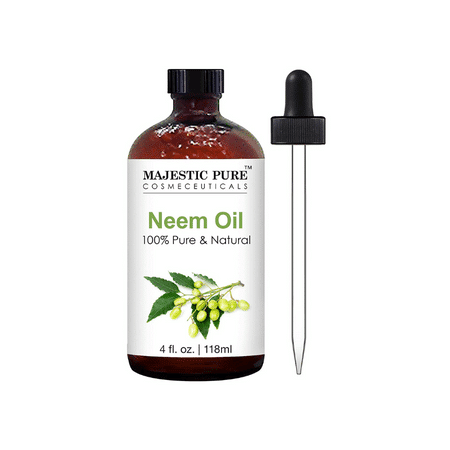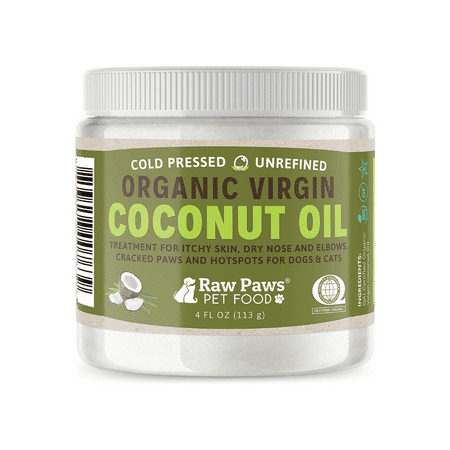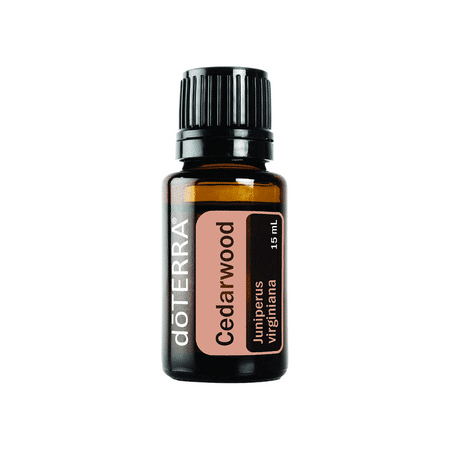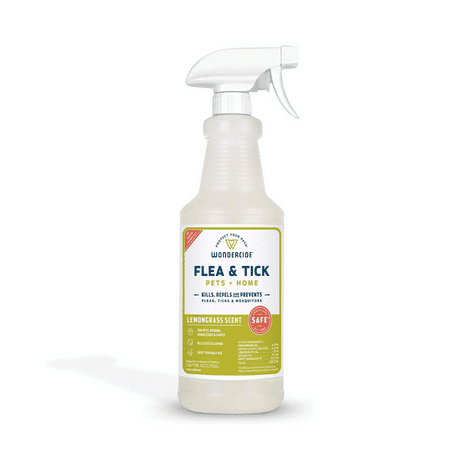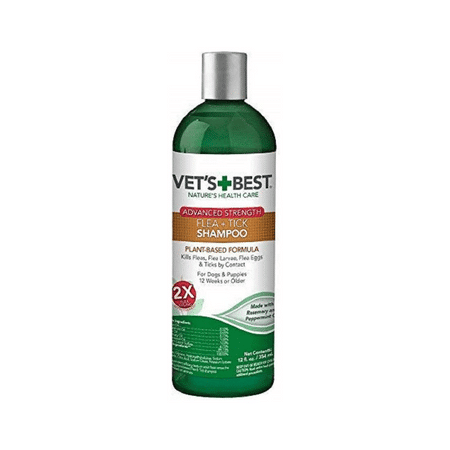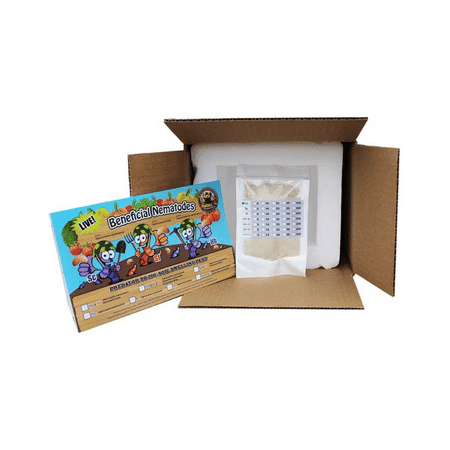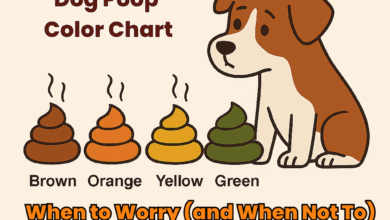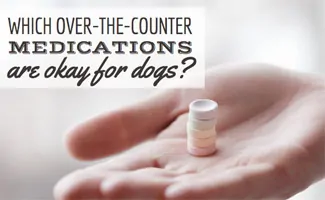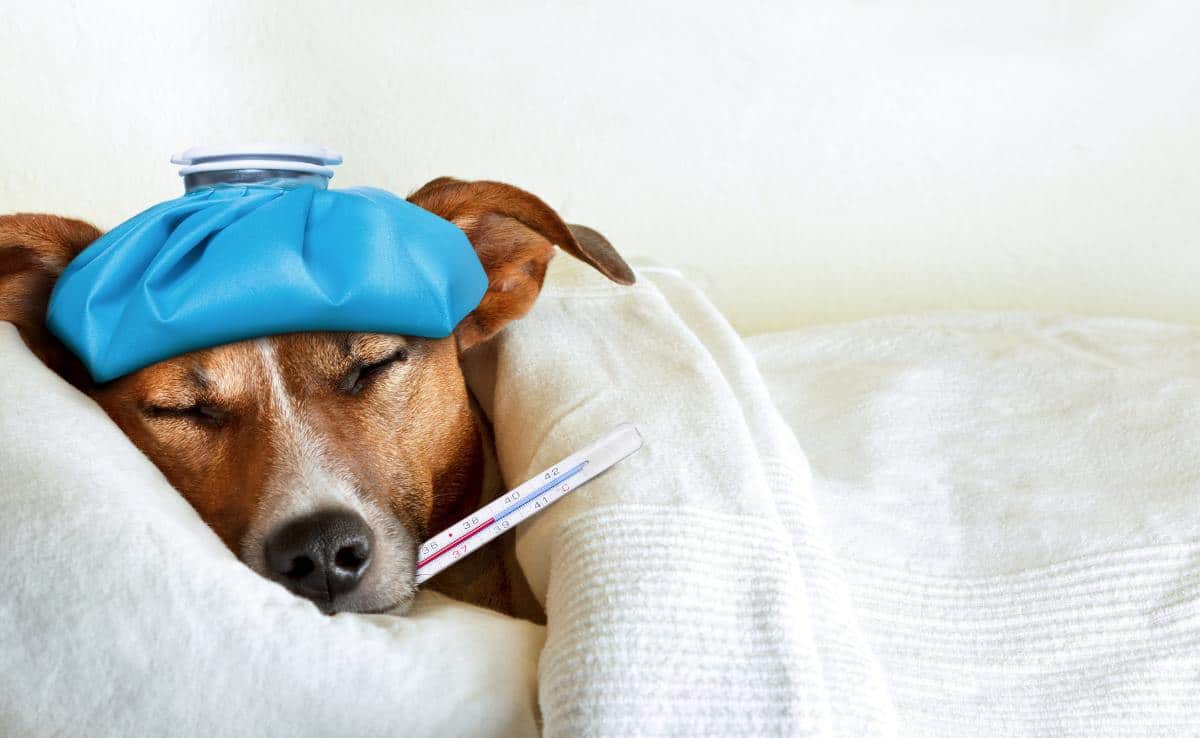Emergency Itch Kit: 7 Home Remedies For Fleas On Dogs That Work FAST!
When you purchase through links on our site, we may earn a commission. Here’s how it works.
Your dog just went full ninja trying to bite a flea off their tail. It’s go-time. You don’t have meds, you weren’t prepared, and now the scratching is nonstop.
Table of Contents
Fleas are the tiny terrorists of pet ownership. They multiply like they’re on a mission and can take over your dog, your couch, and your sanity in no time. Sure, there are chemical treatments. But if you’re not into mystery ingredients on your pup (or your pillows), you’re in the right place.
This is your Emergency Itch Kit, a set of fast and safe home remedies for fleas on dogs, using items you likely already have in your kitchen or bathroom. No chemicals, no vet trip. Just instant relief, starting now.
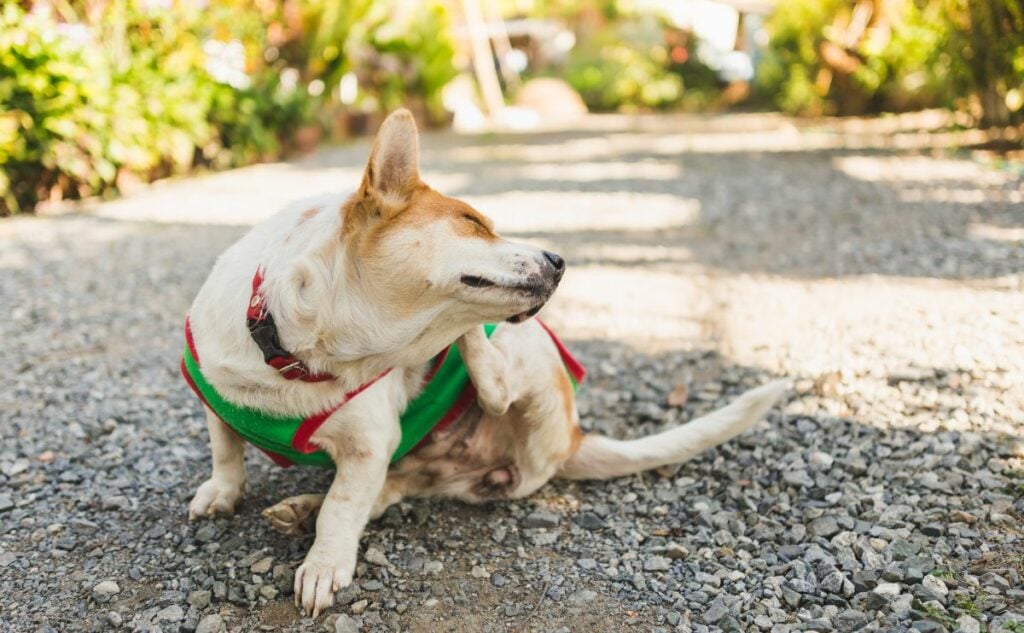
Before You Start: You’ll Need A Flea Comb
Before you bust out any home remedy for fleas, make sure you’ve got a flea comb, the unsung hero of DIY flea control.
These fine-toothed combs do two things no remedy can:
- Pull adult fleas off your dog immediately
- Help you track if your treatments are working
No flea comb? A tight-toothed baby comb works in a pinch, but you’ll want to grab the real deal for the best results.
I recommend the Coastal Pet Safari comb, which is a go-to favorite for many pet owners. The fine, stainless-steel teeth pull out fleas, eggs, and flea dirt with every stroke, even on thick coats.
It’s gentle, easy to clean, and lasts (plus it’s under 10 bucks). Whether you’re going all-natural or pairing it with meds, this is the first thing every dog owner should grab when fleas hit.
Flea Emergency? The Only Home Remedy That Kills Instantly
Wondering, “What home remedy will kill fleas on my dog?” you’re not alone.
When time’s up and the fleas are still biting, there’s only one household item that delivers a confirmed kill: Dawn dish soap. It contains surfactants that break down a flea’s waxy exoskeleton, causing it to drown almost immediately.
But before you lather up your pup like a dinner plate, there’s a catch…
Veterinarians warn that Dawn can dry out your dog’s skin, worsen irritation, and should be avoided if your pup has sensitive skin or possible skin infections.

How to use Dawn for fleas? Instead of a full-body wash, dip a flea comb in a small bowl of diluted Dawn (1–2 drops in warm water). Comb slowly, especially around the neck and tail. The soap traps fleas and kills them on contact, with way less skin exposure.
Quick Takeaway: Dawn works but gently does it. Use it in a flea comb rinse, not a full soak, unless your vet gives the green light.
6 More Best Home Remedies For Fleas On Dogs
In addition to Dawn, the following are some of the most tried-and-true natural home remedies for treating fleas on dogs. You can use many of these flea treatments for dogs for flea prevention, too, as they all have natural flea-repellant properties.
It’s essential to note that these home remedies may be effective for mild to moderate infestations, but you should consult your veterinarian if your dog is severely infested or has developed a skin rash or sores. Even holistic veterinarians turn to chemical treatments for severe cases.
1. Neem Oil
Neem oil, derived from the seeds of the neem tree (Azadirachta indica), has been used for centuries as a natural insect repellent. It doesn’t kill fleas on contact, but it disrupts their life cycle, preventing eggs from hatching and making your dog a no-go zone for adult fleas.
Neem oil is a carrier oil (not essential oil) with strong insect-repelling qualities. You can use it in shampoo or as a topical spray to repel and kill fleas on your pup. It’s also beneficial because it contains vitamin E, as well as omega-6 and omega-9 essential fatty acids, which are excellent for skin and coat health.
You’ll want to ensure that you purchase pure, cold-pressed neem oil. Several ways you can use it as a flea remedy include:
- Add 25 milliliters of neem oil to 400 milliliters of your dog’s shampoo
- Combine 1 part neem oil with 10 parts warm water and use as a topical spray daily
- Add 1 cup of neem leaves to 4 cups of water, simmer for 5 minutes, and strain out the leaves
We have a guide dedicated to the best flea and tick shampoo for dogs, which you can combine with neem oil for top results.
2. Coconut Oil
Coconut oil contains certain fatty acids, which research has found to be an effective natural flea and tick repellent. It’s also believed that when this thick oil coats fleas’ exoskeletons, it restricts their movement and may even suffocate them.
Added benefits of coconut oil include its moisturizing, antibacterial, and antifungal properties, which help prevent skin infections caused by flea bites.
I recommend Raw Paws Organic Virgin Coconut Oil, which is cold-pressed, unrefined, and chemical and bleach-free, so it’s non-toxic for your furry friend.
For best results, apply a thick coating of coconut oil all over your dog and leave it on for at least 10 minutes. Rinse off with warm water and a small amount of shampoo, and remove the little pests with your flea comb.
3. Essential Oils
Several essential oils have flea-repellant properties. Cedarwood oil is among the most effective in repelling fleas, according to many holistic experts.
However, other dog-safe essential oils, such as eucalyptus, lavender, peppermint, rosemary, lemongrass, and verbena, are still effective in keeping fleas off your pup. DO NOT use tee tree oil. It’s toxic for dogs.
For average-sized dogs, a safe dilution ratio is one drop of essential oil to ten milliliters of carrier oil or water. For dogs, the best carrier oils to use include neem, coconut, grapeseed, jojoba, olive, sweet almond, sesame, or sunflower oil.
Note: If you have a cat, use extreme caution with essential oils, as the risk of toxicity is significantly higher in cats than in dogs. If your cat grooms your dog’s fur, you shouldn’t apply essential oils to your pup’s coat.

4. Rosemary & Lemon Spray
A cheap home remedy you might want to try is a lemon and rosemary spray. Both are natural flea repellents. Simply boil a lemon (cut into wedges) and a few rosemary sprigs in eight ounces of water for a few minutes. Let it cool, and add it to a spray bottle.
5. Apple Cider Vinegar
The theory behind apple cider vinegar (ACV) as a flea repellent is that the pH levels make your dog’s skin more acidic, which could be a turn-off for fleas. However, there’s no scientific evidence to support the claim that this actually works.
Still, some holistic veterinarians and anecdotal evidence suggest that ACV is effective as a topical spray. Simply mix six parts ACV with four parts water.
While you’ll see some websites advising you to feed dogs ACV in their water every day to help repel fleas, many vets say this could cause your furry friend gastrointestinal problems. If you’re considering feeding your dog ACV, consult with your veterinarian first.
I recommend this apple cider vinegar because it’s Bragg’s, the gold standard for raw, unfiltered apple cider vinegar. It’s organic, packed with the “mother” (aka the good bacteria), and free from added junk you don’t want near your dog’s skin or in their water bowl.
6. Homemade Flea Spray For Dogs
You may find that the following recipe is your best bet for a homemade flea spray for dogs. The recipe is by Dr. Andrew Jones, a former DVM with a popular following on the web and his YouTube channel.
This spray contains coconut oil, neem oil, cedarwood oil, witch hazel, aloe, and organic castile soap, ingredients that help repel and kill fleas while soothing irritated skin.
How To Use Natural Flea Treatments Without Hurting Your Dog: 5 Tips
Just because something is “natural” doesn’t mean it’s automatically safe. Many common home remedies, especially essential oils, can cause skin irritation, allergic reactions, or even more severe issues if used incorrectly. Here’s how to protect your pup while using DIY treatments.
1. Always Dilute Essential Oils
- Never apply essential oils directly to your dog’s skin.
- Always follow directions about dilutions and application.
- Test a small area first and observe for signs of redness, itching, or unusual behavior.
If it smells strong to you, it’s way stronger to your dog. Go light, or skip it entirely.
2. Don’t Use Tea Tree, Clove, Or Pennyroyal Oils
- These are commonly listed in DIY flea remedies, but they’re also toxic to dogs, even in small amounts.
- Symptoms can include vomiting, tremors, and, in severe cases, liver damage.
When in doubt, leave it out. Stick to safer oils like lavender or cedarwood, and only use them with veterinary guidance.
3. Skip “Soak Your Dog in Vinegar” Hacks
- Apple cider vinegar sprays can help repel fleas, but a full soak or daily use can irritate your dog’s skin.
- If your dog has sensitive skin, open wounds, or existing irritation, avoid vinegar completely.
Use ACV as a light mist, not a marinade.
4. Don’t Overdo The Remedies
- Natural does not mean harmless in unlimited amounts.
- Over-applying oils or sprays can lead to skin dryness, inflammation, or allergic responses.
- Stick to the recommended frequencies, typically once or twice a week for most topicals.
More isn’t better. Let your dog’s skin breathe between treatments.
5. Puppies Need Special Caution
- Young dogs have thinner skin and developing organs, so they’re more vulnerable to toxins and irritants.
- Avoid all essential oils and concentrated remedies unless your vet gives the OK.

If your dog’s still tripping over their own ears, don’t experiment. Ask your vet first.
Vet-Approved OTC Natural Flea Treatments
If fleas are a repeat problem, or you just don’t have time to mix lemon sprays at midnight, these natural, ready-to-use products are great to keep on hand. They’re faster than DIY and gentler than traditional chemical treatments.
Wondercide Sprays Review
I recommend Wondercide’s USA-made line of products as the best OTC natural flea and tick treatment. They include holistic vet-approved organic essential and carrier oils that kill the flea and tick life cycle upon contact and provide ongoing prevention.
They offer natural sprays for topical use on your dog as well as home and yard control. Cedarwood oil is the primary essential oil.
Price
- Flea & Tick Spray For Pets & Home Starting At:
- Flea & Tick Yard Spray: $37.99
Vet’s Best Flea + Tick Advanced Strength Shampoo Review
This advanced-strength dog shampoo kills fleas, flea larvae, flea eggs, and ticks on contact. It’s safe for puppies 12 weeks and older.
It contains 100% certified natural essential oils and plant-based ingredients, including thyme, cedarwood, rosemary, and peppermint oils.
Price
5 Flea Myths Busted: Home Remedies That Don’t Actually Work
Before you slather your dog in pantry potions or essential oils, let’s clear up the most common DIY flea treatment myths. Some remedies are overhyped. Others are outright risky. Here’s what not to trust:
1. Put Garlic in Dog Food
Common myth: Garlic makes your dog “unappetizing” to fleas. Reality: Garlic can be toxic to dogs, especially small breeds, or in high doses.
Hard pass. Fleas won’t flinch, but your vet might.
2. Use Tea Tree Oil On Skin
Just a few drops of undiluted tea tree oil can cause vomiting, tremors, or worse. Even diluted, it’s harsh and can irritate your dog’s skin.
Tea tree oil is too toxic to risk. Skip it.
3. Apple Cider Vinegar Kills Fleas
Apple cider vinegar can repel fleas due to its acidity, but it won’t eliminate them. It is still useful as a spray or rinse to support other methods.
ACV = solid flea blocker, but it’s not your frontline assassin.
4. All Essential Oils Are Safe
Oils like lavender and cedarwood may help repel fleas but must be diluted. Others (like clove or pennyroyal) are flat-out dangerous.
Use only vet-approved oils and avoid using them on puppies or dogs with sensitive skin.
5. Coconut Oil Kills Fleas? Not Exactly.
Viral myth: Coconut oil suffocates fleas on contact.
Reality: There’s no scientific proof that it kills fleas. It can repel them, and it’s great for your dog’s coat, but it doesn’t kill them.
Coconut oil is a moisturizer, not a flea murder weapon. Don’t rely on it solo.
How To Get Rid Of Fleas In Your Home Naturally: 5 Ways
If you only treat your dog and ignore your house, fleas will keep coming back like it’s a bed-and-breakfast. It’s crucial to get rid of the fleas in your home before they hitch a ride on your pup again.
What’s more, you’ll also need to eliminate flea eggs, pupae, and larvae to prevent future outbreaks. Here’s how to kick them out for good without foggers, toxic sprays, or chemical overkill.
1. Vacuum Like You Mean It
Vacuuming is one of the most effective ways to remove all four stages of the flea life cycle: eggs, larvae, pupae, and adults.
Hit carpets, rugs, hardwood floors, tile, and especially baseboards and couch cushions. Fleas love cracks and crevices, so be aggressive. Always empty the vacuum outdoors or dispose of the bag immediately after use.
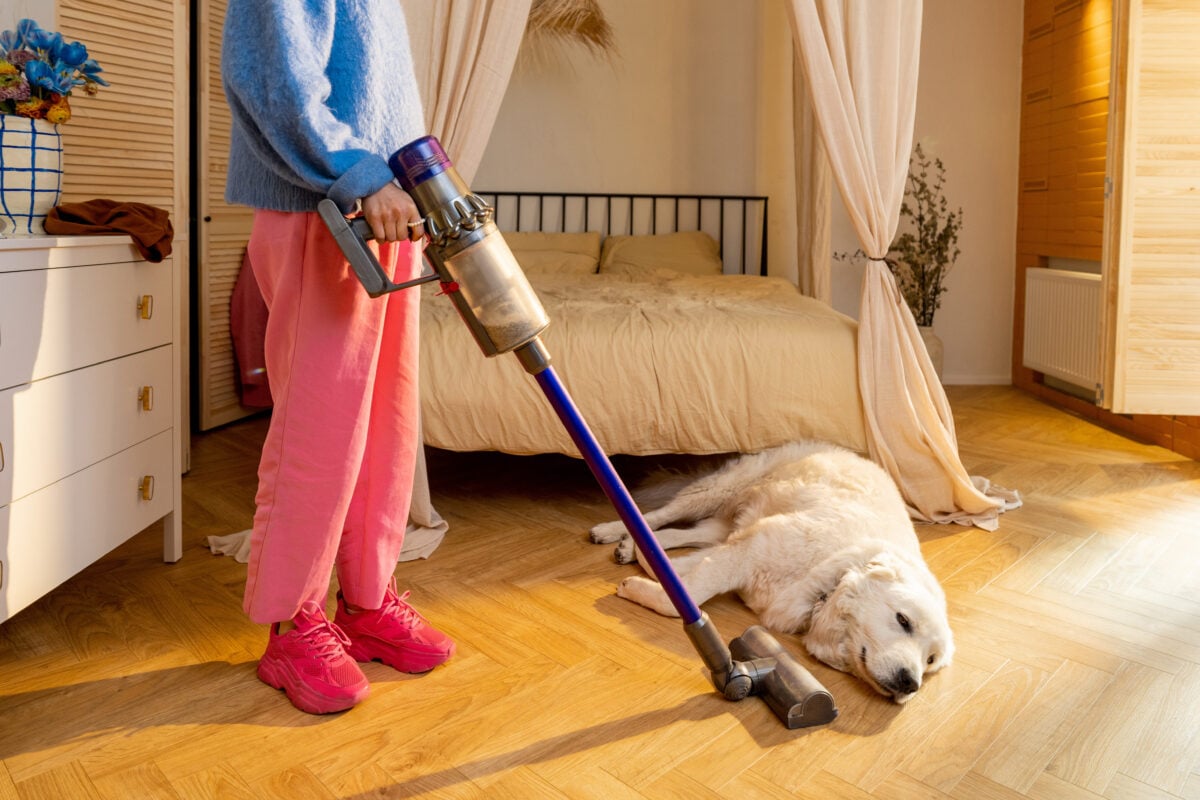
Your vacuum is not optional. Treat it like a flea-sucking machine of vengeance.
We have found the best pet vacuums and best pet robot vacuums on the market to help you stay on top of cleaning your home.
2. Use Diatomaceous Earth
This fine powder, made from fossilized algae, kills fleas by destroying their exoskeletons, causing them to dehydrate and die.
Sprinkle food-grade diatomaceous earth (DE) on carpets, pet bedding, under furniture, and along walls. Leave it for up to 48 hours before vacuuming thoroughly.
DE is natural, safe (for floors), and brutally effective. Just keep it out of the air and off your pup. Don’t apply DE directly to your dog, as it can dry and irritate their skin.
3. Try the Baking Soda & Salt Combo
This pantry-powered duo also helps dry out flea eggs and larvae. Mix equal parts of salt and baking soda, and sprinkle the mixture generously across carpets and floors.
Let it sit for a few hours, then vacuum like a pro. This home remedy for fleas is cheap, simple, and surprisingly satisfying.
4. Wash Everything on High Heat
Fleas hate heat. Strip the house, including your sheets, your dog’s bedding, blankets, towels, and anything else they’ve touched. Run everything through the hot cycle in both the washer and dryer to kill any hidden eggs or larvae.
If it’s washable, it’s going in. Don’t give fleas a place to hide.
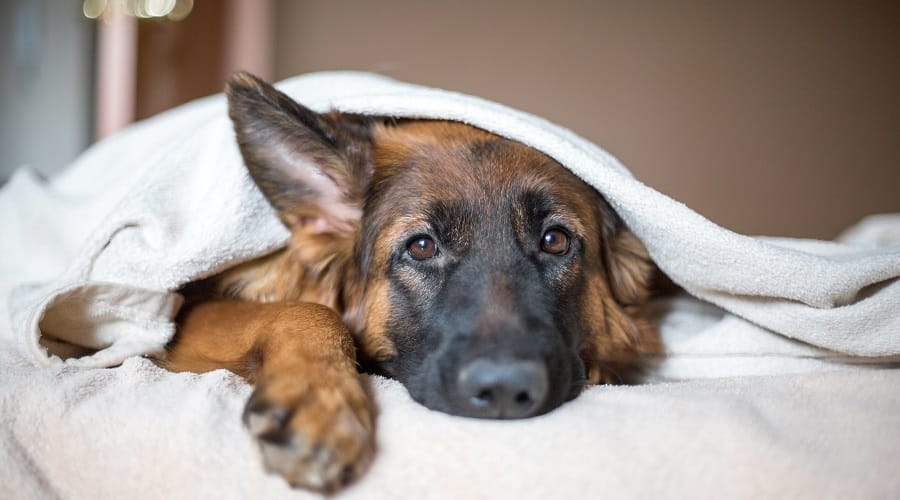
5. Spray The House, Naturally
Skip the chemical foggers. A plant-powered spray, like Wondercide’s, kills fleas on contact and is safe for dogs, couches, and carpets.
Mist your furniture, rugs, baseboards, and dog bedding. You can even spray it directly on your pup. These are safe enough for your couch, strong enough for fleas, and no hazmat suit required.
5 Natural Flea Treatments & Hacks For Your Yard
Think the flea problem stops at your door? Think again. Fleas love shady, moist outdoor areas, and if you don’t treat your yard, they’ll hitchhike right back onto your dog. Here’s how to reclaim your lawn without drenching it in chemicals.
1. Use Beneficial Nematodes (The Secret Weapon)
These microscopic, soil-dwelling worms sound creepy, but they’re a flea’s worst nightmare. Nematodes invade and kill flea larvae in your yard, naturally.
Apply them with a hose sprayer in shaded areas, under decks, and along fence lines. They’re totally safe for pets, people, and pollinators.
Many pet parents say they’re very effective in keeping fleas and many other pests out of your yard. You can find them at your local garden center or order them online. Mix them with water and spray them around your yard. (Use when soil temperatures are above 45 degrees for at least 2 weeks.)
If you’re looking to improve your yard, we’ve also found the best pet-safe lawn fertilizers.
2. Lay Down Cedar Mulch Or Chips
Cedar naturally repels fleas and ticks. Use cedar mulch in flower beds or along fence lines where your dog hangs out. It’s a safe and stylish way to keep fleas at bay.
3. Keep Grass Trimmed & Yard Debris Clear
Fleas thrive in dark, damp areas. Think tall grass, brush piles, and leaf litter. Keep your lawn mowed and your outdoor areas tidy to make the environment less attractive to fleas.
4. Try A Pet-Safe Yard Spray
Look for plant-based sprays, such as Wondercide’s Ready-to-Use Yard Spray, which utilizes cedar oil to repel and kill fleas. Attach it to a garden hose and treat high-risk areas, such as shaded corners, dog runs, or decks.
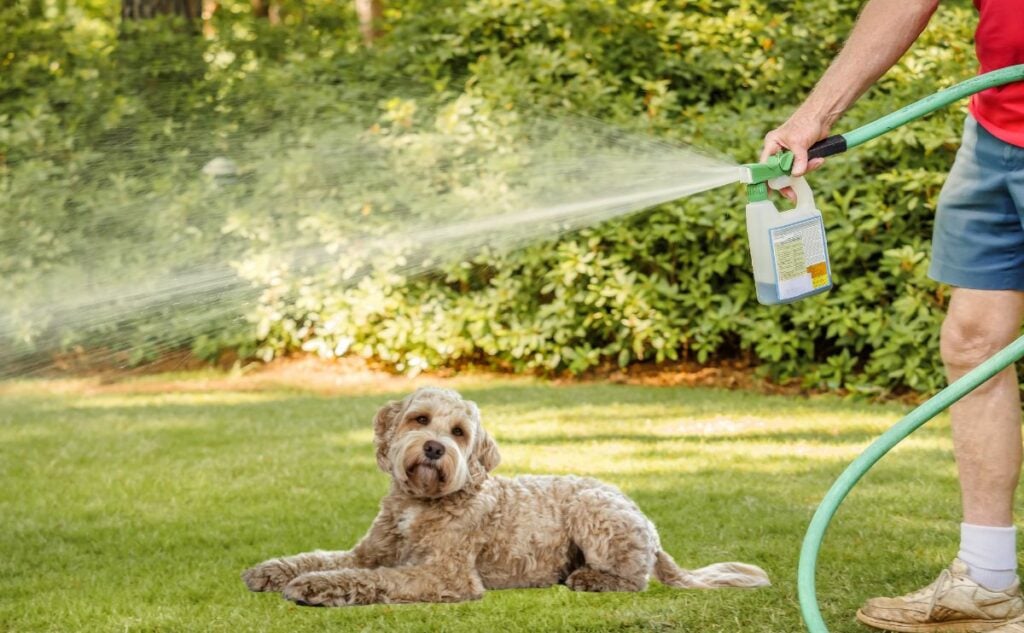
5. Plant a Flea-Repelling Garden
Some plants naturally deter fleas and add a nice touch to your landscaping. Safe picks include lavender, rosemary, sage, catnip, peppermint, and spearmint.
Place them near patios, dog lounging zones, or along fence lines. Always double-check for plant toxicity before planting, as some species can be harmful to dogs.
Don’t Wait, Treat The Fleas Now
Fleas aren’t just a nuisance; they can cause serious problems for your dog. Take action now to stop the scratching and prevent the situation from escalating.
Some dogs develop flea allergy dermatitis (FAD), a painful skin condition triggered by a single flea bite. Others may accidentally swallow a flea while scratching or grooming, which can lead to a tapeworm infection. The longer you wait, the worse the infestation gets for both your pup and your home.
Check out our complete guide to getting rid of fleas on dogs for step-by-step help. You’ll also find our top picks for natural flea and tick prevention products, along with tips to keep your home and yard completely flea-free.
Got a Flea Story? Tried a weird remedy that actually worked? Battled a flea invasion from the depths of carpet hell? We want to hear it! Drop your flea fix, or flea fail, in the comments and help other dog parents in the scratchy struggle. Let’s swap war stories because the itch is real.

